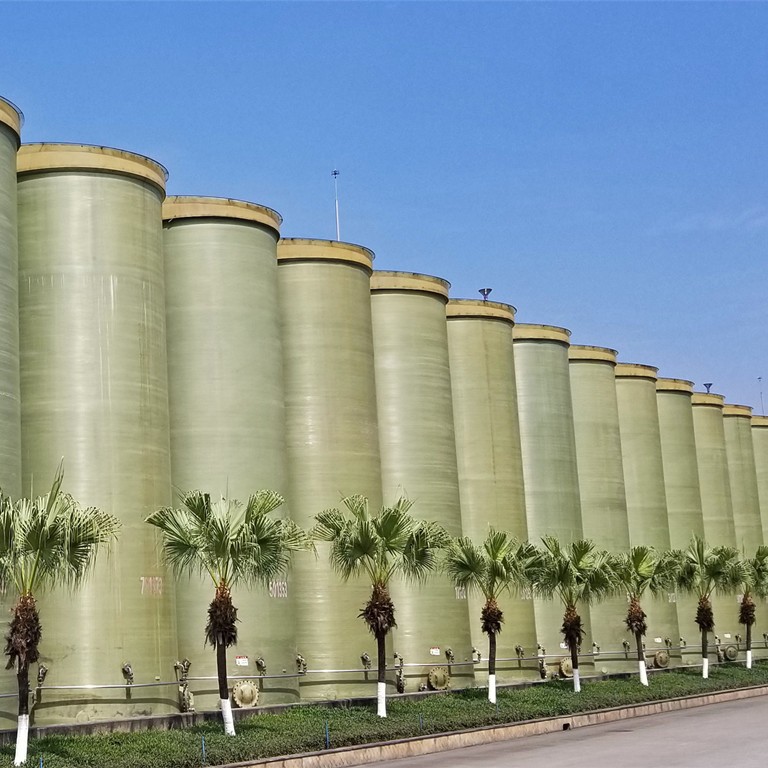
-
 Afrikaans
Afrikaans -
 Albanian
Albanian -
 Amharic
Amharic -
 Arabic
Arabic -
 Armenian
Armenian -
 Azerbaijani
Azerbaijani -
 Basque
Basque -
 Belarusian
Belarusian -
 Bengali
Bengali -
 Bosnian
Bosnian -
 Bulgarian
Bulgarian -
 Catalan
Catalan -
 Cebuano
Cebuano -
 China
China -
 China (Taiwan)
China (Taiwan) -
 Corsican
Corsican -
 Croatian
Croatian -
 Czech
Czech -
 Danish
Danish -
 Dutch
Dutch -
 English
English -
 Esperanto
Esperanto -
 Estonian
Estonian -
 Finnish
Finnish -
 French
French -
 Frisian
Frisian -
 Galician
Galician -
 Georgian
Georgian -
 German
German -
 Greek
Greek -
 Gujarati
Gujarati -
 Haitian Creole
Haitian Creole -
 hausa
hausa -
 hawaiian
hawaiian -
 Hebrew
Hebrew -
 Hindi
Hindi -
 Miao
Miao -
 Hungarian
Hungarian -
 Icelandic
Icelandic -
 igbo
igbo -
 Indonesian
Indonesian -
 irish
irish -
 Italian
Italian -
 Japanese
Japanese -
 Javanese
Javanese -
 Kannada
Kannada -
 kazakh
kazakh -
 Khmer
Khmer -
 Rwandese
Rwandese -
 Korean
Korean -
 Kurdish
Kurdish -
 Kyrgyz
Kyrgyz -
 Lao
Lao -
 Latin
Latin -
 Latvian
Latvian -
 Lithuanian
Lithuanian -
 Luxembourgish
Luxembourgish -
 Macedonian
Macedonian -
 Malgashi
Malgashi -
 Malay
Malay -
 Malayalam
Malayalam -
 Maltese
Maltese -
 Maori
Maori -
 Marathi
Marathi -
 Mongolian
Mongolian -
 Myanmar
Myanmar -
 Nepali
Nepali -
 Norwegian
Norwegian -
 Norwegian
Norwegian -
 Occitan
Occitan -
 Pashto
Pashto -
 Persian
Persian -
 Polish
Polish -
 Portuguese
Portuguese -
 Punjabi
Punjabi -
 Romanian
Romanian -
 Russian
Russian -
 Samoan
Samoan -
 Scottish Gaelic
Scottish Gaelic -
 Serbian
Serbian -
 Sesotho
Sesotho -
 Shona
Shona -
 Sindhi
Sindhi -
 Sinhala
Sinhala -
 Slovak
Slovak -
 Slovenian
Slovenian -
 Somali
Somali -
 Spanish
Spanish -
 Sundanese
Sundanese -
 Swahili
Swahili -
 Swedish
Swedish -
 Tagalog
Tagalog -
 Tajik
Tajik -
 Tamil
Tamil -
 Tatar
Tatar -
 Telugu
Telugu -
 Thai
Thai -
 Turkish
Turkish -
 Turkmen
Turkmen -
 Ukrainian
Ukrainian -
 Urdu
Urdu -
 Uighur
Uighur -
 Uzbek
Uzbek -
 Vietnamese
Vietnamese -
 Welsh
Welsh -
 Bantu
Bantu -
 Yiddish
Yiddish -
 Yoruba
Yoruba -
 Zulu
Zulu
frp step
Understanding the FRP Step Process
Fiber-Reinforced Polymer (FRP) has garnered significant attention in various fields due to its remarkable properties, including high strength-to-weight ratio, corrosion resistance, and versatility in design. The FRP step process involves several stages, each crucial for optimizing the material's performance and ensuring its effective application. In this article, we break down the key stages of the FRP step process.
1
. Material SelectionThe first step in the FRP process is material selection. The choice of fibers—such as glass, carbon, or aramid—and the type of resin significantly impact the final characteristics of the composite material. Each fiber type offers distinct advantages for instance, carbon fibers provide high tensile strength, while glass fibers are cost-effective and improve impact resistance. The resin also plays a vital role, with options like epoxy or vinyl ester determining the thermal and chemical resistance of the composite.
2. Design and Engineering
Once the materials are selected, the next step is design and engineering. This involves creating detailed specifications and blueprints that outline the dimensions and performance criteria of the FRP parts. Finite Element Analysis (FEA) is often employed during this stage to predict how the material will behave under various conditions. This step is critical, as it helps identify potential weaknesses and optimizes the overall design for strength and durability.
3. Fabrication
frp step

The fabrication process follows design approval. There are various methods to manufacture FRP components, including hand lay-up, filament winding, and resin transfer molding (RTM). The choice of method depends on the application, complexity, and volume required. During fabrication, layers of fibers are carefully arranged and impregnated with resin, followed by curing, which hardens the composite. This step requires meticulous attention to detail to ensure uniformity and strength throughout the material.
4. Quality Control
After fabrication, quality control takes center stage. Each FRP component must be rigorously tested to ensure it meets the required standards. Non-destructive testing methods, such as ultrasonic testing and visual inspections, are commonly employed to identify defects without compromising the integrity of the parts. Proper quality control is vital, especially in industries like aerospace and construction, where safety is paramount.
5. Application and Maintenance
The final stage is application and maintenance. FRP materials can be utilized in a variety of sectors, including construction, automotive, and marine industries. Once deployed, routine maintenance is crucial to prolonging the lifespan of FRP components. This may involve regular inspections and timely repairs, which help in detecting wear and tear early, ensuring continued performance.
Conclusion
The FRP step process is a comprehensive approach that integrates material selection, design, fabrication, quality control, and maintenance. Each stage plays a vital role in harnessing the advantages of Fiber-Reinforced Polymers, ultimately leading to innovative applications across numerous industries. As technology advances, the FRP process will continue to evolve, opening new avenues for research and application, thereby solidifying its importance in modern engineering and manufacturing. By understanding and optimizing each step, engineers and manufacturers can fully leverage the unique properties of FRP materials, resulting in enhanced performance and reliability in various applications.









